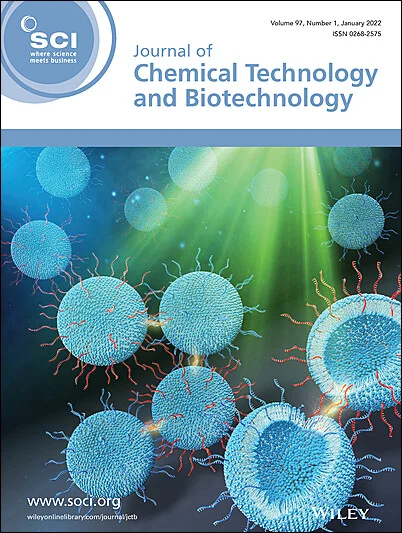Synergistic Ti–Sn–Co-loaded columnar activated carbon particle electrodes for efficient treatment of simulated space bathing wastewater
Abstract
BACKGROUND
The recycling and treatment of water resources in space have become an urgent problem. While electrochemical advanced oxidation processes show good promise for the effective treatment of space bathing wastewater, traditional two-dimensional electrode reactors (2DERs) have various drawbacks, including mass transfer limitations and the short life of the electrode plate. Therefore, in this study, a 2DER was filled with Ti–Sn–Co-loaded columnar activated carbon (CAC) to prepare a three-dimensional electrode reactor (3DER) for the treatment of simulated space bathing wastewater.
RESULTS
Independent experiments were conducted using response surface methodology and Box–Behnken design to optimize four variables in the 3DER for wastewater treatment, and data optimization was carried out using regression analysis. Under the optimal conditions (granular electrode filling of 30.2 g L−1, current density of 19.4 mA cm−2 and aeration rate of 1.4 L min−1), the average energy consumption was 124.26 kWh kg−1 and the chemical oxygen demand (COD) degradation rate was 60.43%.
CONCLUSION
In the treatment of simulated space bathing wastewater, the 3DER filled with Ti–Sn–Co/CAC achieved a much higher COD degradation rate than the other column electrodes prepared in this work. This COD degradation rate was 24 times higher than that of a traditional 2DER, and the average energy consumption of the 3DER was about 85% lower than that of the 2DER. Due to its high efficiency and low energy consumption, the Ti–Sn–Co/CAC-filled 3DER has excellent potential for use in the treatment of space bathing wastewater. © 2025 Society of Chemical Industry (SCI).

 求助内容:
求助内容: 应助结果提醒方式:
应助结果提醒方式:


